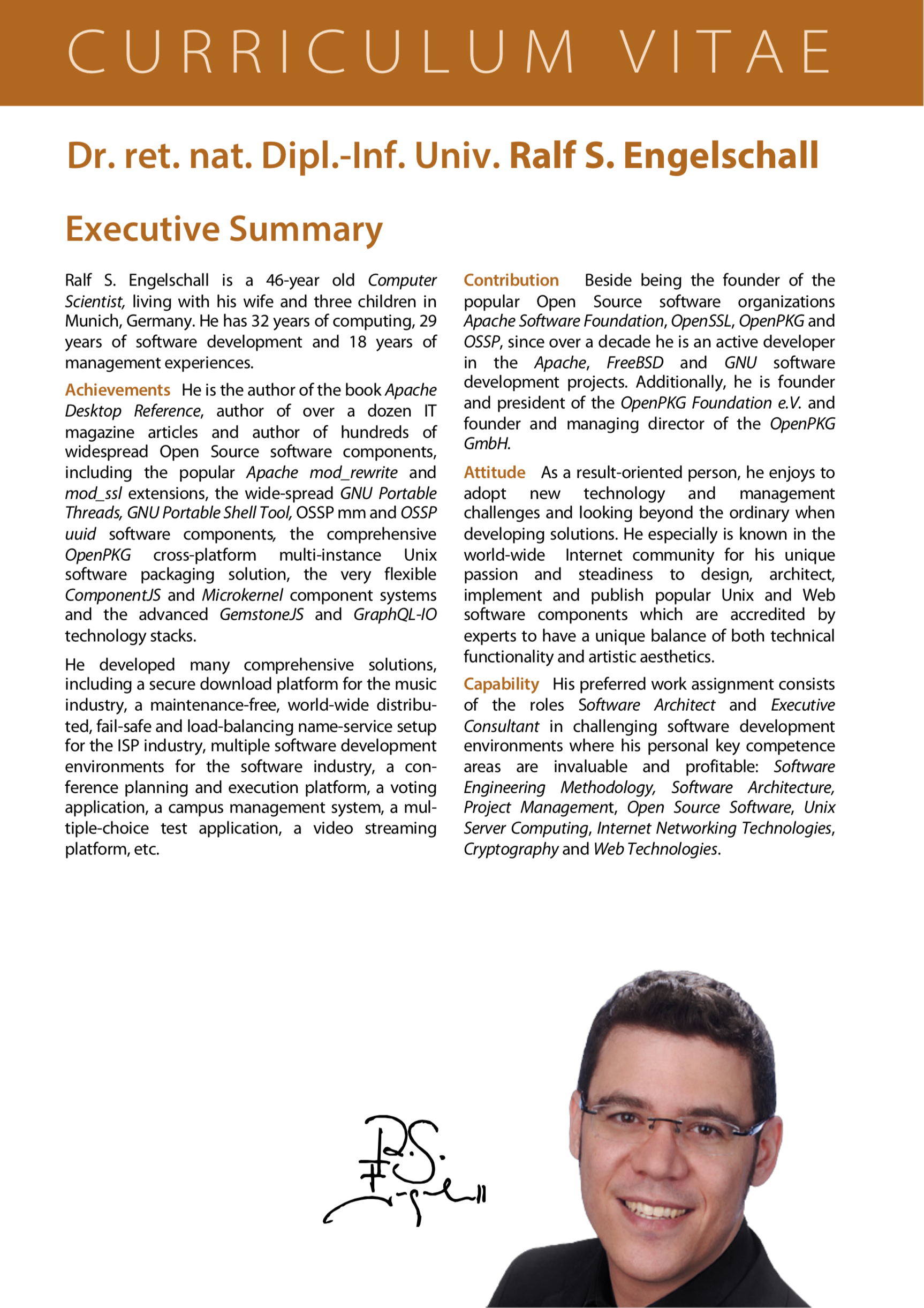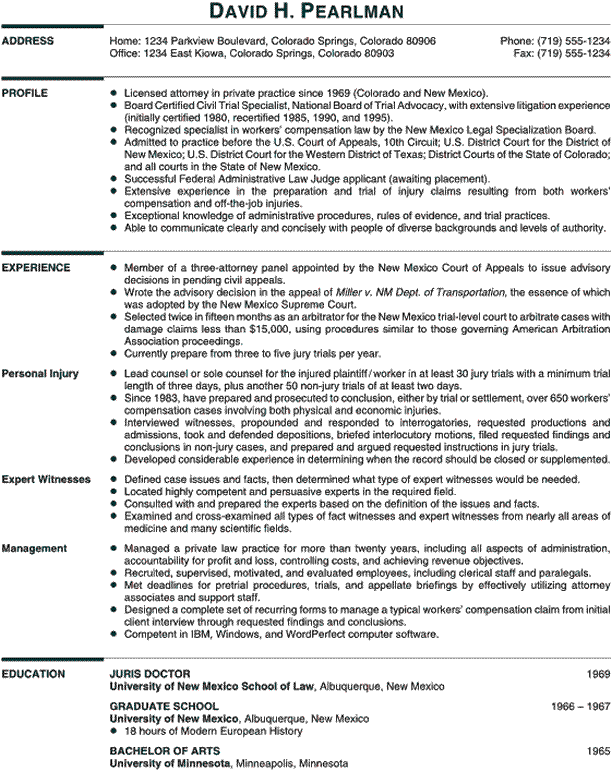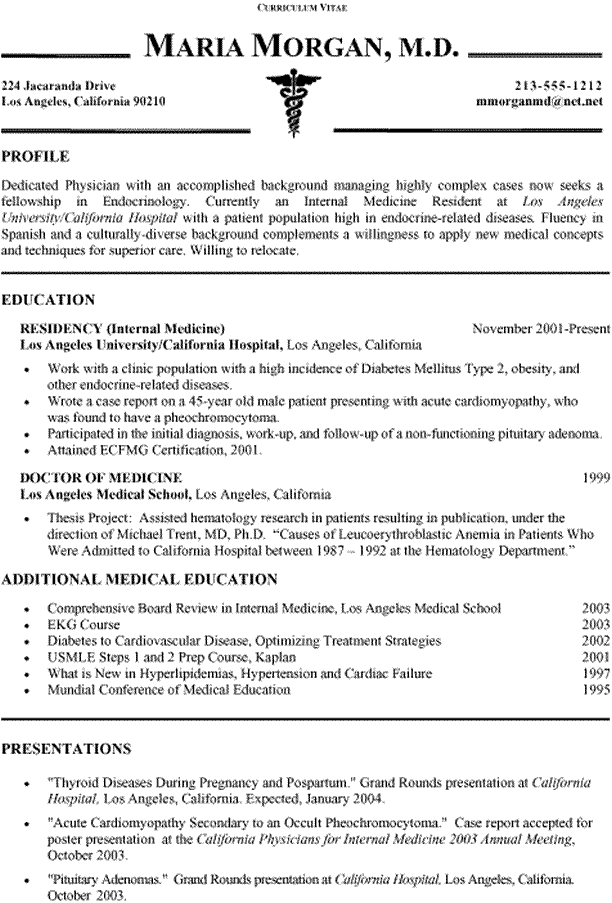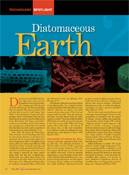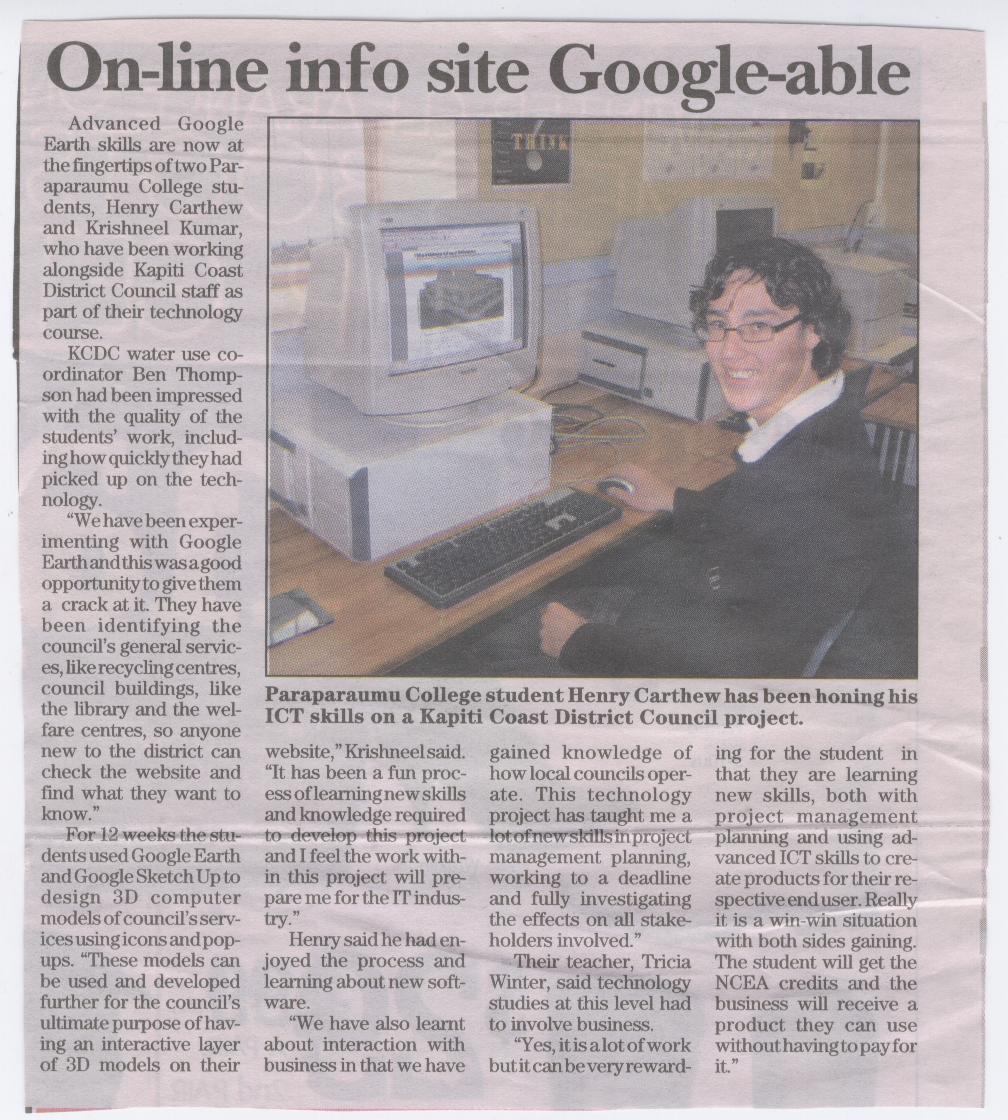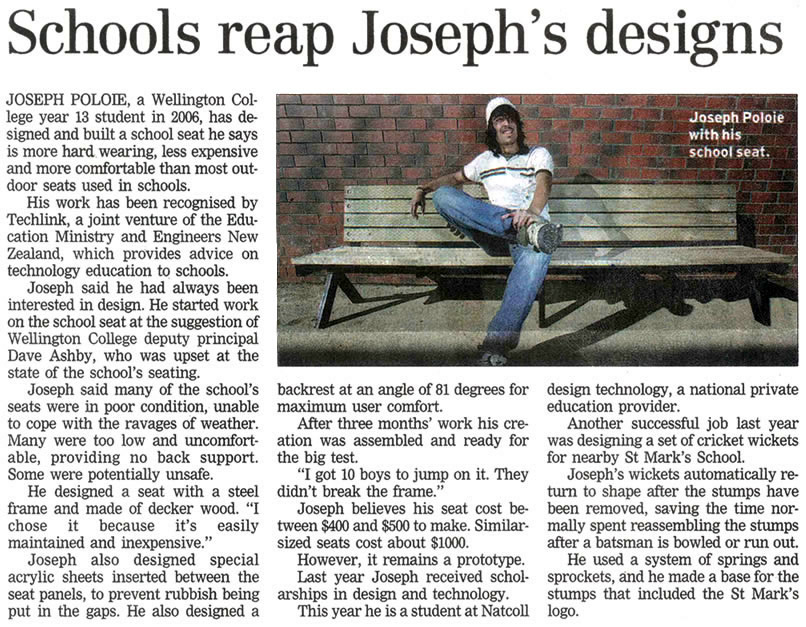teaching infomation
English teaching can be infinitely rewarding. And challenging too.
For current and prospective English teachers...



 Whole Brain Teaching : 1st Grade Classroom Management
Whole Brain Teaching : 1st Grade Classroom Management
English teaching can be infinitely rewarding. And challenging too.
Have you ever found yourself in front of your ESL classroom, looking at your eager students and think...
"I gotta do something to spice things up, my students are staring at me with blank faces, I feel a yawn coming on and I really don't know what the heck to do next?"...
"I gotta do something to spice things up, my students are staring at me with blank faces, I feel a yawn coming on and I really don't know what the heck to do next?"...
Yes, teaching English is, often time, a daunting task even if you are experienced.
Maybe you're not an English teacher yet but you've thinking about teaching English as a second language but don't know where to begin...
Or maybe you're feeling kind of like Indiana Jones with a thirst for adventure and you've heard teaching English is a great way to see the world without having to join the Navy.
If any of the above sounds like you then... greetings! This website is for you.
Maybe you're not an English teacher yet but you've thinking about teaching English as a second language but don't know where to begin...
Or maybe you're feeling kind of like Indiana Jones with a thirst for adventure and you've heard teaching English is a great way to see the world without having to join the Navy.
If any of the above sounds like you then... greetings! This website is for you.
For current and prospective English teachers...
... this site will provide you with:
- English teaching lesson plans,
- ideas to liven up your ESL classroom,
- recommended ESL books and other ESL resources,
- ideas for teaching English abroad,
- how to be a better English teacher and ideas for self-improvement,
- how to get started English teaching if you're a newbie,
- how to find a good English teaching job,
- where to get ESL certification,
- other useful information for the English teacher professional,
teaching

teaching
teaching
teaching
teaching
teaching

teaching

teaching

teaching

Whole Brain Teaching: Advanced Techniques





